With such a vast number of takeaways offering their versions of traditional Chinese cuisine, it’s easy to settle with the same-old dish rather than trying something new.
Takeaways can tone down flavours and add unhealthy ingredients, losing out on the authenticity for some of China’s lesser-known dishes. However, many of these can easily be made in the home to beat the takeaway taste and create a truly authentic and delicious dish.
Why not make a start with these five traditional Chinese dishes?
Dandan Mian
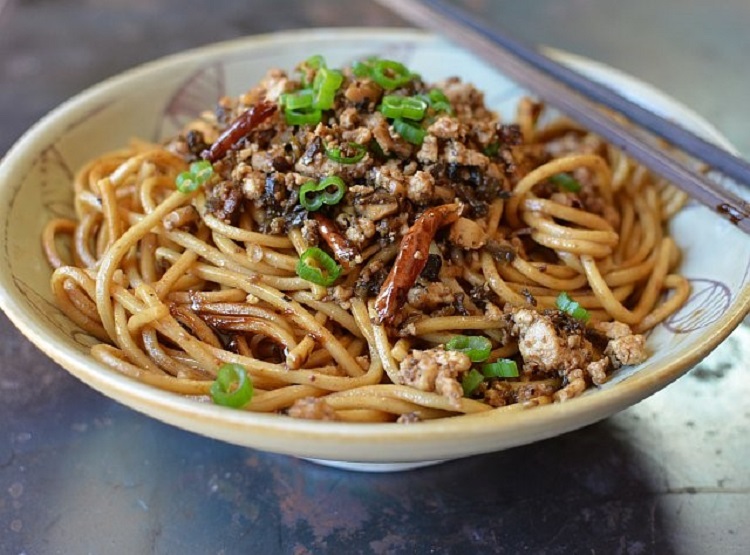
Andrea Nguyen / Flickr.com, CC BY 2.0
A quintessential dish, made popular within the Sichuan region, is the dandan mian, more commonly known as dandan noodles. This dish is popular with spicy food lovers, with ground pork or beef perfectly matched by chilli-laced vinegar and sesame sauce served over noodles. The typical Sichuan taste comprises deep and rich flavours, which are prominent in dandan noodles and characterise this south-western area of China.
Traditional mooncake
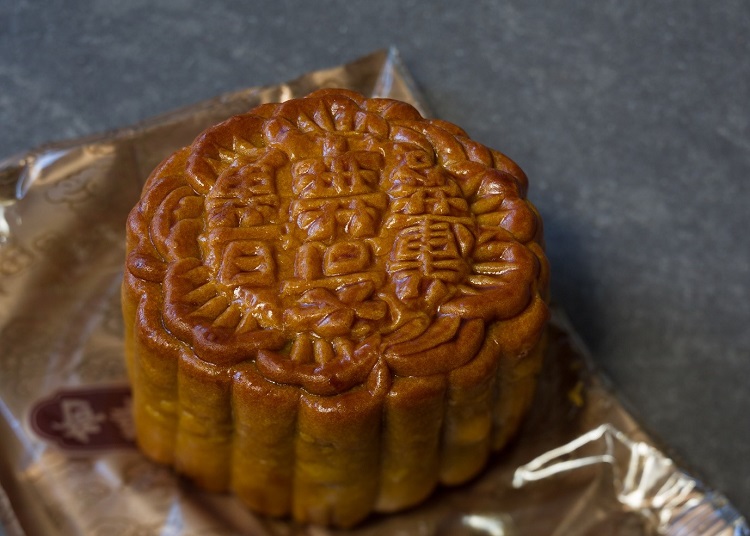
John Loo / Flickr.com, CC BY 2.0
With a vast history relating to the Chinese Mid-Autumn Festival, Cantonese regions offer visitors the perfect backdrop for enjoying these mooncakes. As a traditional Chinese pastry, mooncakes consist of sweet or savoury fillings encased in a thin, delicate skin. Traditional fillings include lotus seed paste, sweet bean paste and egg yolk, however, more modern variations include sweeter fillings that can be paired with ice cream and chocolate.
Dim sum
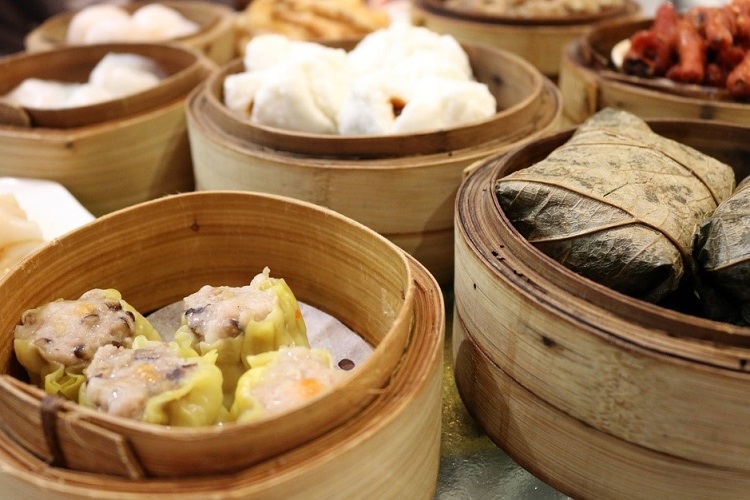
Usually steamed, fried or baked, dim sum includes a range of bite-size dishes which can be prepared and enjoyed in several ways.
Steamed dumplings, specifically, can include fillings such as ‘har gow’ (prawns), as well as beef or pork. These are wrapped in a thin, translucent casing made from wheat starch and tapioca before being served in a hot bamboo steamer; great for sharing across the table, the traditional way.
Lanzhou beef noodle soup
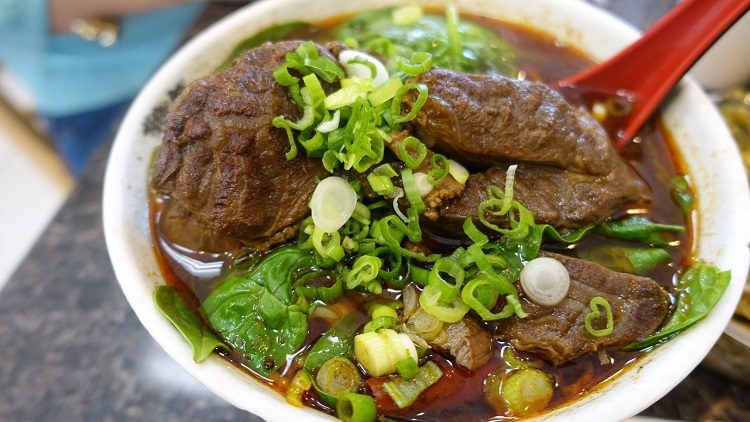
Ron Dollete / Flickr.com, CC BY-ND 2.0
Consumed as early as 6am in the northwest Chinese region of Lanzhou, beef noodle soup has become a breakfast staple for locals and a priority dish for visitors to taste.
With a large population of local beef noodle soup schools, the dish has been perfected and taught over the years to become a trademark of Lanzhou, the capital of the Gansu province of China. Consisting of a clear, flavourful broth, shaved beef and Chinese radish slices, the soup is a simple and spicy delight which is easy to make.
Zongzi
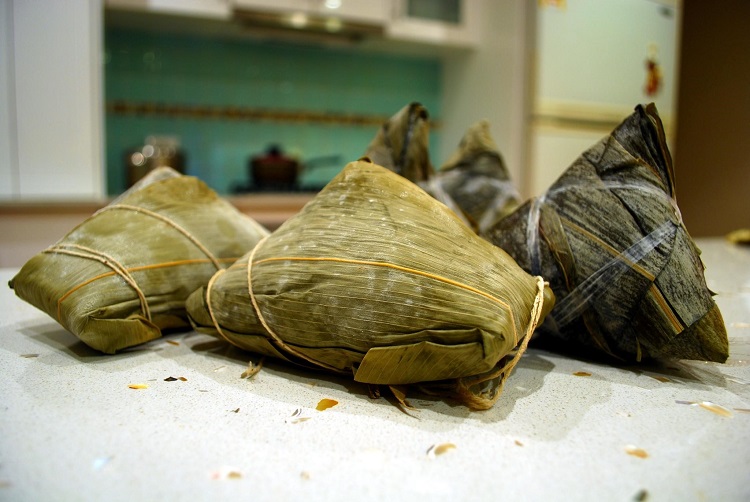
Alpha / Flickr.com, CC BY-SA 2.0
Zongzi is an authentic Chinese food that serves as a perfect accompaniment to traditional Chinese tea such as green tea or pu’er tea, or it can be eaten alone as a flavoursome snack.
The dish is particularly popular during Dragon Boat Festival, which is celebrated right across China, particularly within Taiwan, Macau and the spectacular city of Hong Kong.
This dish consists of sticky rice wrapped inside bamboo leaves which are tied with twine and boiled in water until softened, and can be made both savoury and sweet; suitable for all tastes.
Have any of these traditional Chinese dishes made your mouth water? Perhaps we have missed off your favourite Asian food to try during cruises to China? Let us know in the comment box below.
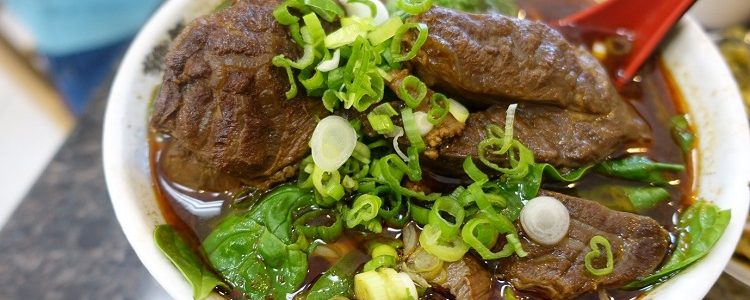

No Comments
Be the first to start a conversation